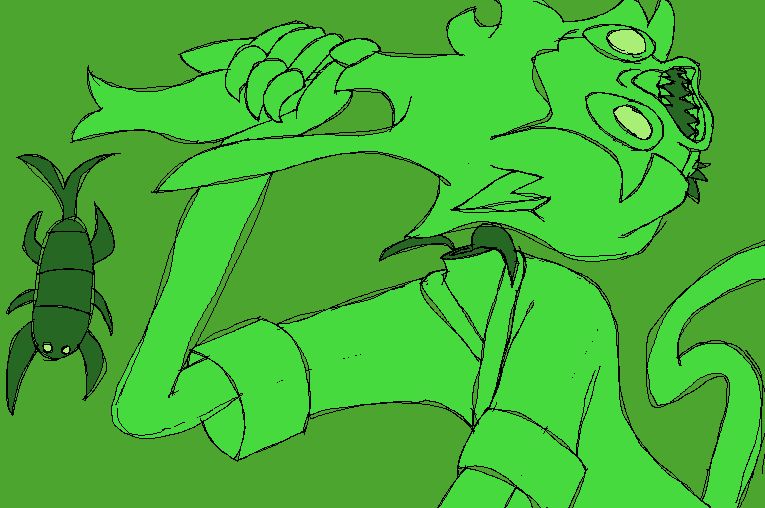 dullahan
dullahan(under construction!)
the realm that resembles earth the closest on first glance. filled with forests with trees that tangle into eachother into the skies, flora that glow like select deep sea creatures, fruits with intricate designs on their hard exteriors, and houses that span larger than they actually need to be.
this realm inhabits the most species that resemble fantasy creatures.
of course, the more you look at this place on the detailed level, you're bound to see creatures that would upset some to see.
 dullahan
dullahan
small bug-like creatures that make residence in elven and unicorn corpses.
when a dullahan is born, they work alongside their siblings inside the decapitated head of the elf that their parents were inhabiting, working together to survive and move about. eventually, the siblings slowly die out, before one remains. they then search for a body to inhabit, breaking out of the head they were in and taking residence in said body. one inside, the dullahan enters its second stage of life, which is externally the same as other elves, until it has to bind to a unicorn corpse and tear off its own head to act as an egg sack for it's young, optionally tearing off the unicorn's head as well. after the young have learned to move and eat on their own, the main dullahan runs off into the deep forest to fufill its remaining personal goals.
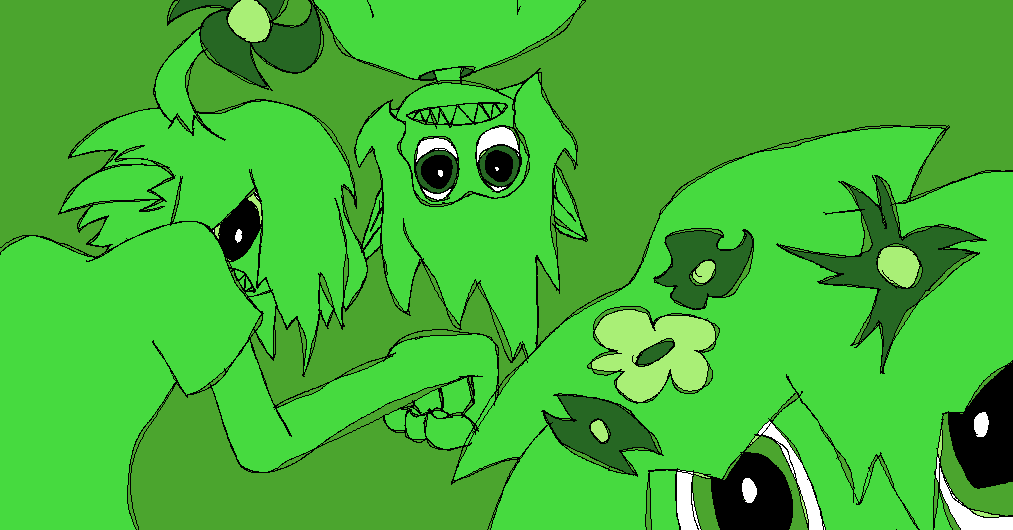 elves
elves
are to humans as to sharks are to dolphins.
elves live in the trees of the vast forests of the realm, eating anything they can in order to survive. unlike sharks, they have developed intelligence comparable to humans, able to craft tools, clothing and structures to fill a need. their bodies are of avian origin, losing their ability to fly and most feathers to evolution, resulting in their bodies closely resembling humans. despite how convergent evolution usually works, species that make use of elven bodies were able to use human bodies as a substitute during the event. elves have clawed hands, which they use to climb, open fruit from the trees they reside in, as well as hunt various bugs and animals native to their realm. what remains of their feathers have achieved similar variation to those of humans, but described as more colourful. they have retained their tails from their ancestors, being just as varied as the rest of their feathers. they share the pointed ears signature to their mythological namesake, albeit with more range of motion than most depictions. some elves symbiotically live with plants on their bodies, the plants making the elves more attractive to mates, the elves providing movement for the plants, allowing the plants to pollenate in more places, both of them providing protection to the other. they have been reported to be wildly taller than humans.
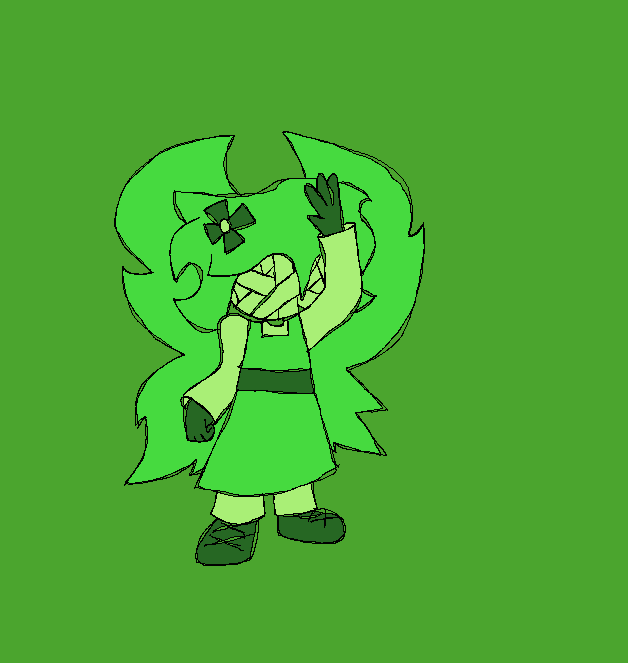 fairies
fairies
child-like beings with wings.
they can return after death, turning into a gaseous substance so the fairy can re-collect all parts of their body in a less dangerous scenario. faries have what appear to be bandages covering their face, if one were to take them off, then the child-like face underneath will fall apart, before the fairy dies and respawns with the bandages back on. they usually try to lead elves (or humans during the event) to their death, through whatever method is easiest for the situation. they wear consistent uniforms, changing colours depending on the individual, though not by much. the amount of wings they have correlate with how strong they are, with three pairs being potentially fatal to humans, although they are unlikely to directly attack anyone, preffering psychological warfare and childish "pranks". they are desired by the elves, but due to obligation from vampires (and personal interest), they do not return the respect.
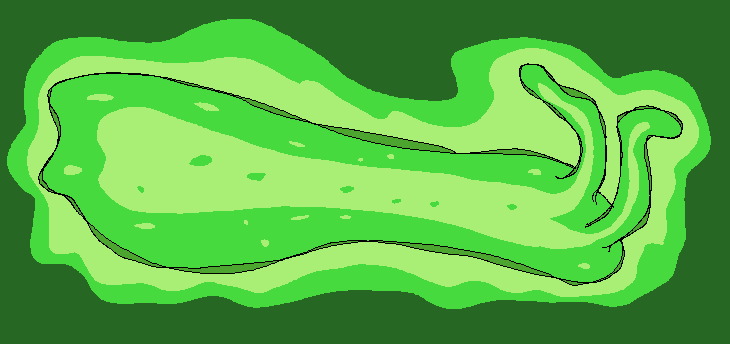 glow slugs
glow slugs
bioluminecent slime molds, obviously.
the first non-earth species documented by humans during the event, explaining the unusually descriptive name. these slug-like slime molds act as light sources when few others are viable, but only coming out when it's dark. they are poisonous to most species due to the phospherous chemicals within them, though some have been able to consume them. their simple body structure allows them a diet of simple plants like moss or lichen.
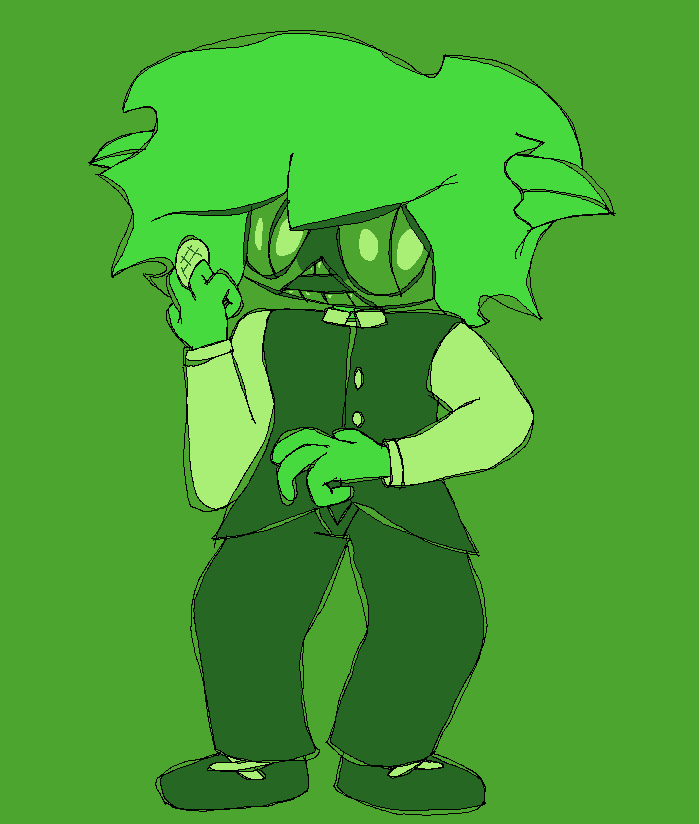 goblins
goblins
small glass-faced spawn of hobgoblins.
goblins are the closest to their common mythological counterpart compared to many of the other species, with green skin, pointed ears and small humanoid bodyplan. their hands and feet are clawed. dispite their face appearing to be made of glass, they have been able to show signs of being able to see, smell and taste. goblins are made from the backs of hobgoblins with the express purpose of serving either the hobgoblin or their master, but have shown to be good with human children during the event. while having very noticable signs of intelligence and self-awareness, they have no ability to speak.
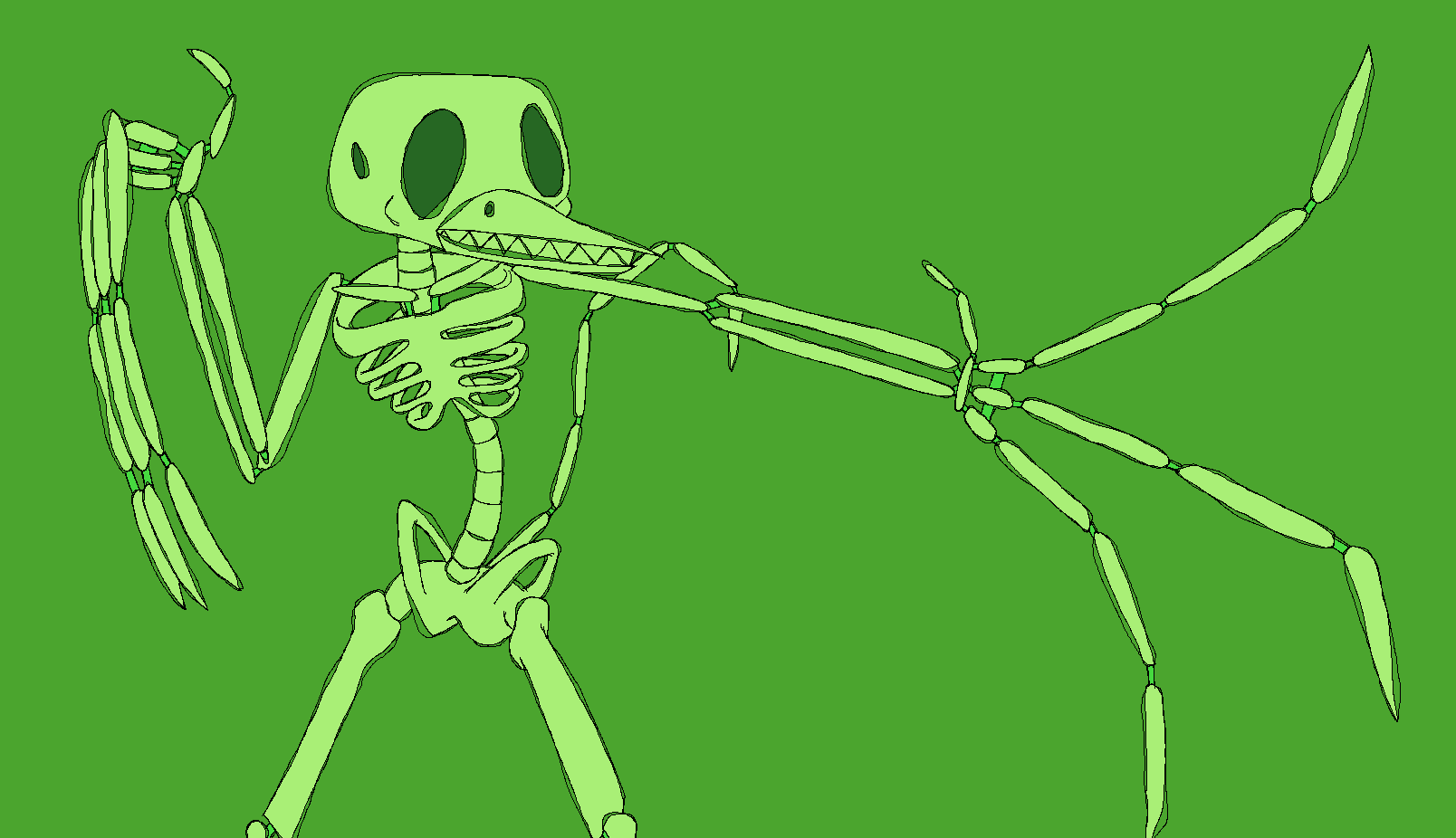 harpies
harpies
extinct birds idolized by vampires.
their skeletons and depictions of them are often displayed in common areas of vampiric manors, symbolizing the taming of nature and the flow of resources. dispite the meaning placed upon them by vampires, no vampire has ever actually been able to tame one, as they had already gone extinct before vampires had even started to take control of the supply chain of their world, before vampires started to pilot elven corpses, or even evolved into their modern incarnation. some vampiric skeptics have put foward the theory that harpies are actually related to elves and ogres, before being put to death, as this idea directly conflicts with the vampiric view that they would be able to tame harpies and the ever-proven fact that elves are untamable.
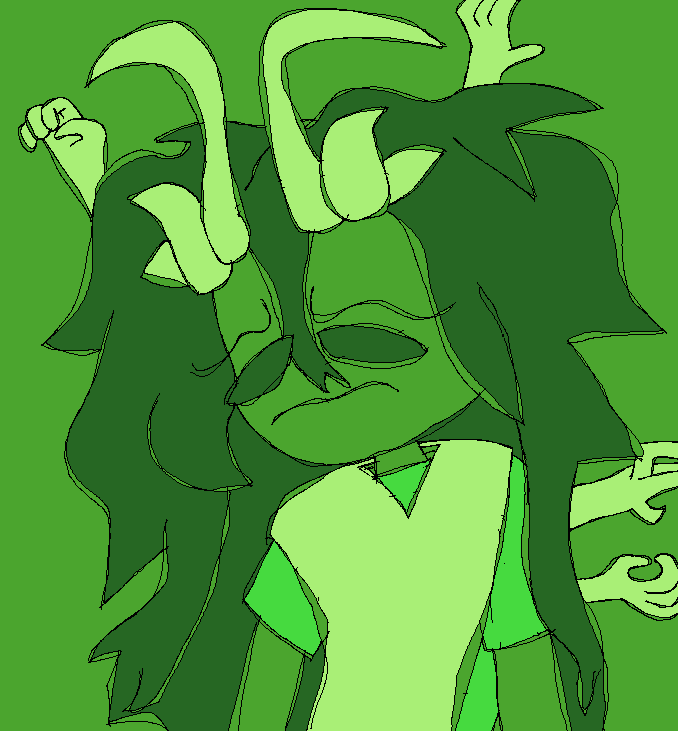 hobgoblins
hobgoblins
blind servants to vampires.
hobgoblins have a very thin layer of skin, causing it to look red. their hair has been delibarately grown out to cover up their backs which they grow goblins out of. there are signs of hobgoblins being in some way related to elves, with their horns resembling those of a satyr's. their disposition is generally gloomy, noticably improving once being put in a natural enviroment. their sight is non-existant, relying on their sense of sound, however, their ears are malformed, which may cause some orders from their masters to not be heard fully.
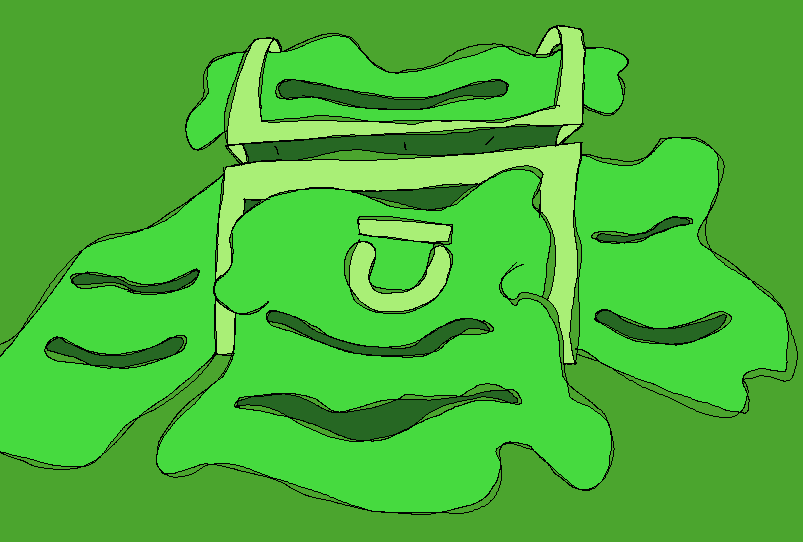 mimics
mimics
mimics, largely as you know them.
mimics physically appear as chests most of the time. they are relatives of slimes which have specialized for mimicry, typically of wooden objects, but other materials have been documented to have been replicated. they may occasionally make use of inorganic material to better their disguises, like metal frames of certain chest designs. they are carnivorous, taking an ambush strategy for hunting, spending most of their time completely stationary. the first mimic to be documented during the event is what inspired humans to name the extrarealmic beings after fantasy creatures.
 ogres
ogres
are to elves as to what gorillas and/or chimpanzees are to humans.
they, along with trolls, have far more feathers than their more pacifistic counterparts, only occasionally adopting clothing during their adult years. they have been noted to be signifigantly sized, and due to being raised in a violent social system from an early age, are always seen as damaged. there have been artistic depictions from humans during the event of 'undamaged' ogres, though this may never naturally happen in their natural enviroment. they appear more avian than elves.
 revenants
revenants
feral iterations of vampires.
physically, a revenant's bug forms are no different from a vampire's. all good bodies are regularly taken up by vampires upon discovery, leaving revenants with only rotten, torn-up, and/or otherwise 'imperfect' bodies. if one were to describe a vampire as a revenant, they will not see you as a friend, as they dispise revenants as much as they do elves. the revenants, however, are unaware of the vampire's disdain of them, the elves' horror of them, and the fairies' desire to consume their bug form.
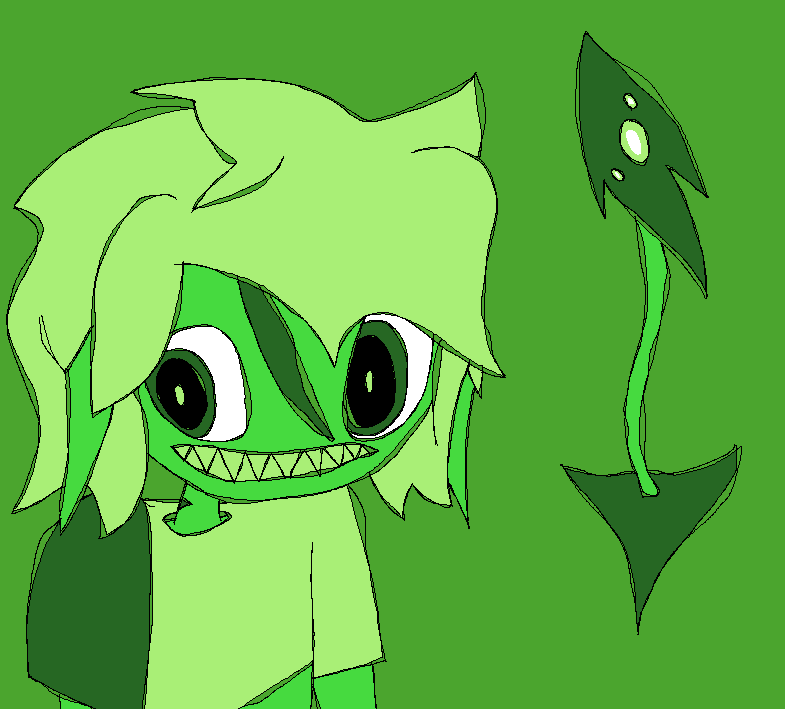 rokubi
rokubi
a semi-sentient parasite that infect elves.
the signs of an elf infected with a rokubi is a scar across their face where the rokubi entered it, constant quivering and decreased mental activity. the rokubi leaves the elf mostly intact, aside from the symtoms, and only come out during the night. the rokubi break apart the elf's head and skull, morphing it in its own image, before separating the brain from the rest of the body, connected only by the rokubi's tail, leaving the elf immobile. the rokubi feeds off glow slugs and tree fruit, but if pushed to desparation, it can consume elf flesh. bizzarely, this is the only species that affects elves that can't affect humans during the event.
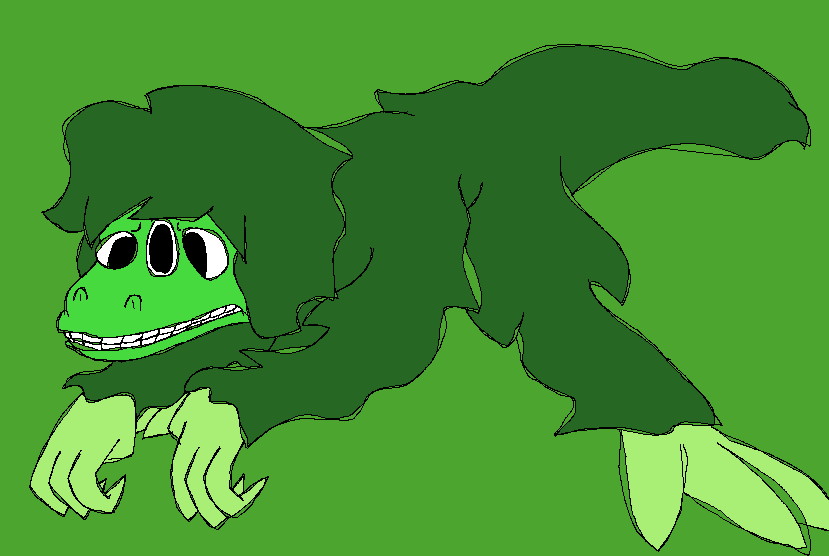 satori
satori
creatures with the ability to read minds.
their body structure is similar to some species of dinosaur, with a front-heavy body balanced by a large tail. they have also been compaired to monkeys, being covered in fur with the exception of their face. despite their sharp claws and intimidation tactics, they live on a plant-based diet with their teeth being square to help them with chewing through plant matter. along with the two eyes common to land-dwelling organisms, they have a third eye that can sense electric pulses to varying depths, with some specimens being able to 'see' the pulses in elven and even human minds. some are able to understand the pulses, learning from them, some being able to write in understandable languages. they are able to emit electric charges to communicate with other satori, lacking the vocal cords that elves and humans have.
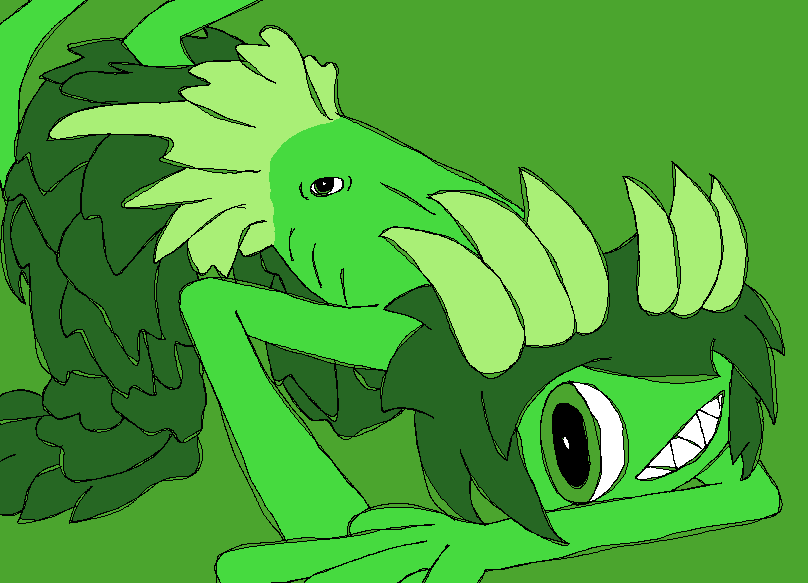 satyrs
satyrs
the young of elves, before going into a crysalis-like state.
the biology of satyrs appear 'scrambled' compared to adult elves, due to a similar process to earth butterflies, dispite the complex biology elven bodies have (eg. the horns on their head become the claws of an adult elf). their legs have an excess of feathers, it is unknown where these feathers go once they acheive adulthood, although some have theorized that the feathers go the adult elf's tail, citing the featherlessness of satyr tails, others have theorized that the adult elf still has them, but chooses to get rid of them at some point, others have gone with thinking that both things happen. harming satyrs became taboo in the later years of the event, but this hasn't stopped some humans from doing so anyways.
 skeletons
skeletons
tall humanoid colonies of silkworm-like worms.
skeletons are feared both by humans and elves, avoid them if you can. skeletons employ the use of either an elven or human skeleton for movement and offence. the worms feed off of a corpse before creating an organic surface covering it, replicating skin and using themselves to act as muscles. due to the material make-up of a skeleton, they are incredibly brittle, a single skeleton being easy to fend off, but this isn't recommended. the worms reproduce through a process similar to mitosis, and can easily burrow in the ground, looking for another corpse to colonize. the main skeleton is incredibly agressive to anything it can see through the eyes supplied to it by the worms, with the exception of some zombies that have chosen a body that has rotten more.
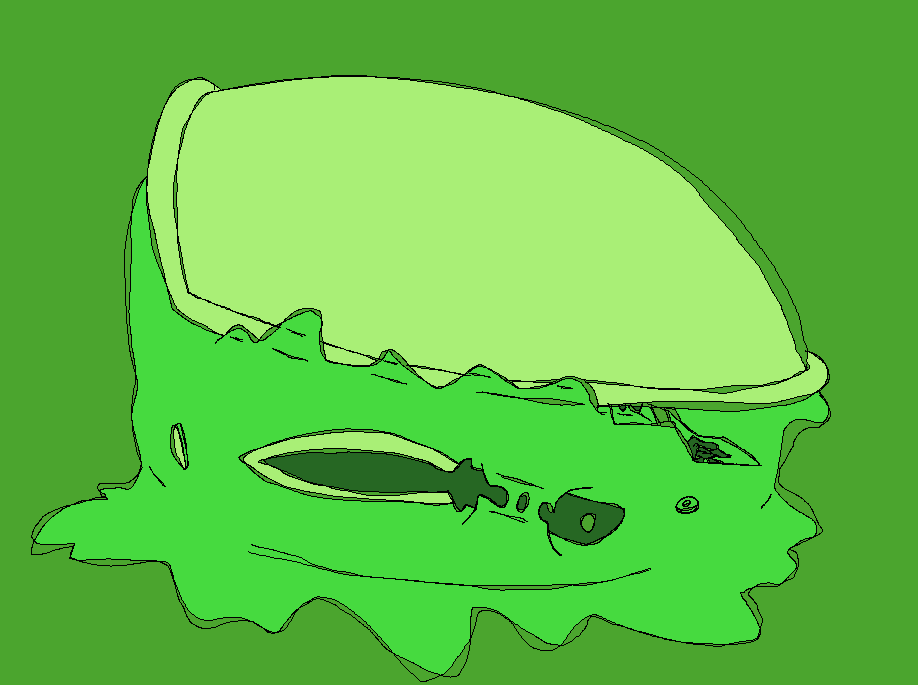 slimes
slimes
ameoba-like creatures the size of dogs.
slimes have the ability to morph their bodies which they use to grip onto and hold anything they come across, examples include: shields, swords, coins, guns, armour pieces, wood scraps, metal scraps and other various trinkets, though there have been other items documented to be held by slimes. they display the ability to understand the shape of the objects it gets a hold of, which they then use to act as artificial limbs and for protection. they have an opaque blob within them that some have theorized to be the slime's brain, which they protect at all costs, and splits into a separate slime when they reproduce. during the event, it was perfectly legal and even recommended to take the objects a slime drops upon death.
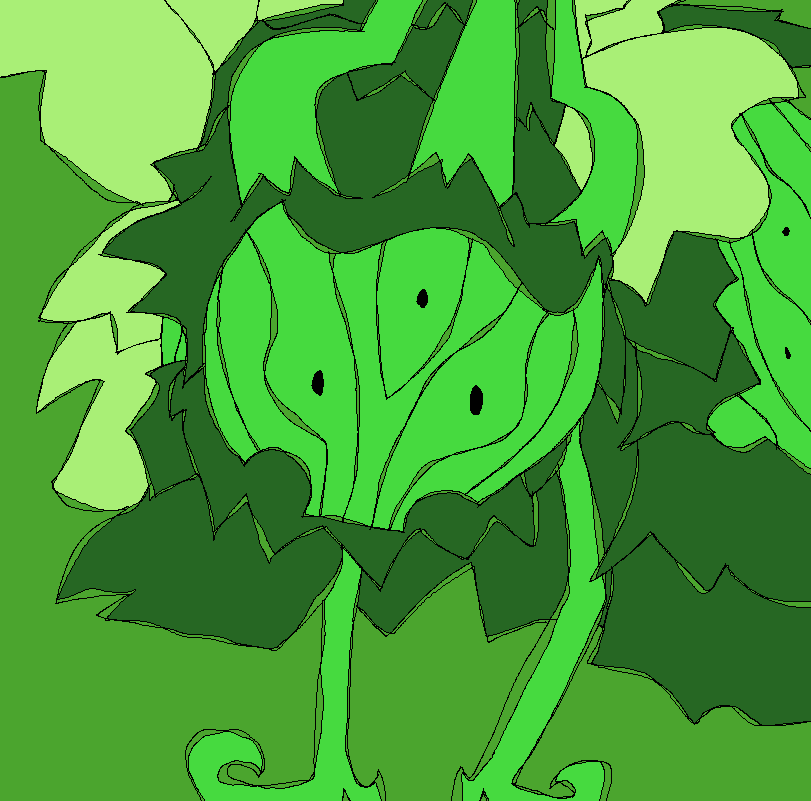 the erlking
the erlking
arbiter of death, creator of fairies.
a man of the trees. he is said to be the one who created faries, citing the physical connection to them he displays. his body is covered by a leaf-made coat held together by wood, hiding a thin, branch-like body. his face is covered by a wooden mask, no person who looked upon what lay beneath survived to give a discription in words, but photographs have shown a dark hole, and autopsies have identified the cause of death as an airborn poison. the rest of his head is covered by the same leaves that comprise his coat, with three crown-like horns sprouting from beneath the layers of hair. he has been confirmed to have 7 pairs of wings.
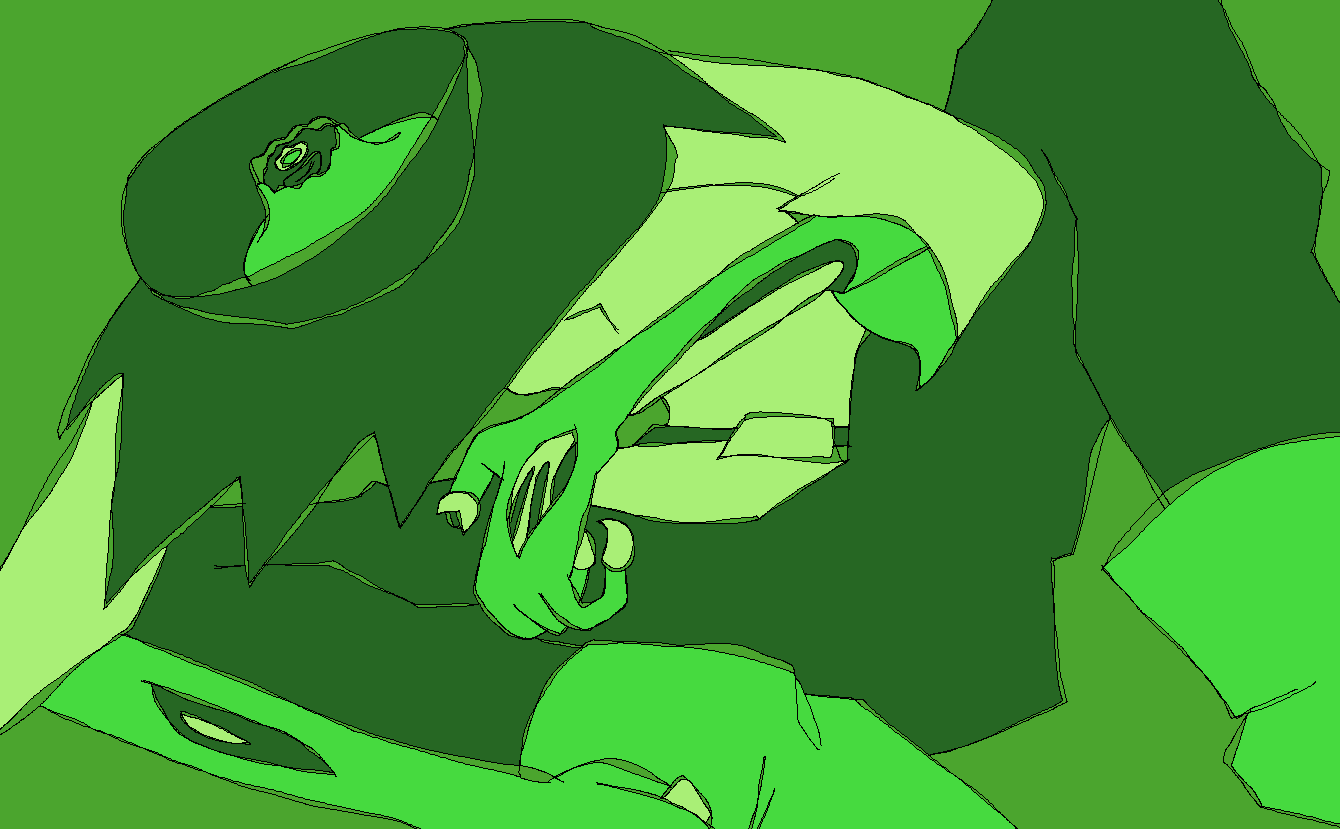 the headless horseman
the headless horseman
an ancient dullahan that has lived long enough for notariety.
unlike regular dullahan, they have unlatched from their steed in favor for a new one. their body is noticably decayed from unknown ages of use, with inconsistent levels of decay for each body part from changing out body parts. they have consistently been able to win many altercations with very little injuries, but has never wished to side with anything or anyone for unknown reasons. they have put on various new heads and was able to speak through them, but would discard them shortly after saying what he needed to. due to his lack of eyes, he has employed a form of echolocation, unlike most other instances, he has displayed the ability to get detailed information about his surroundings. it has been theorized that there are or have been multiple headless horsemen.
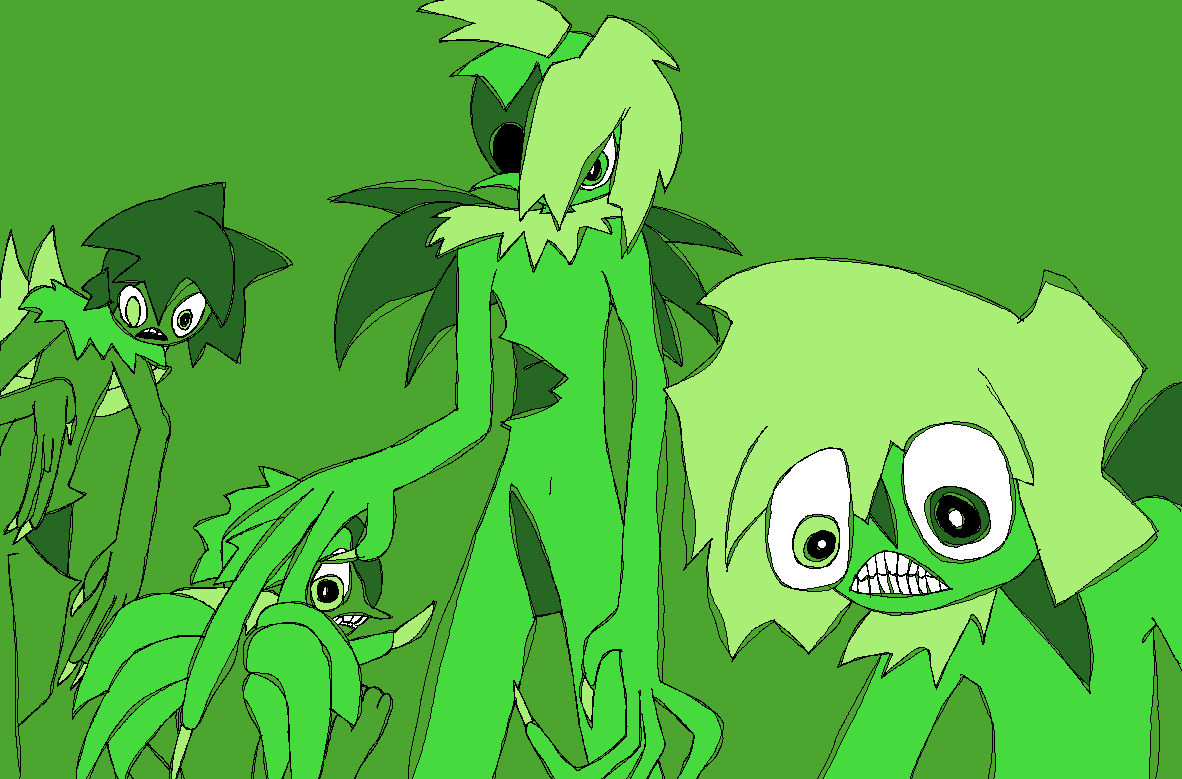 trolls
trolls
elf-like beings known for their brutality and their multiple blood colours.
an earlier stage in the life of an ogre, not yet gaining the large size they're known for. unlike other elven species, they have the bizzare trait of having their blood composition differ based on biological gender, with males having iron-based blood as expected from most animal species and females having copper-based blood as cethalopods/aracnids would, how this trait came to be is unknown, but is enforced by the troll's violent society and social structure. due to their long, clawed fingers, they have been rumoured to eat the dreams of vampire nymphs, by vampires. they have significant physical and biological similarity to elves, suggesting a shared ancestor.
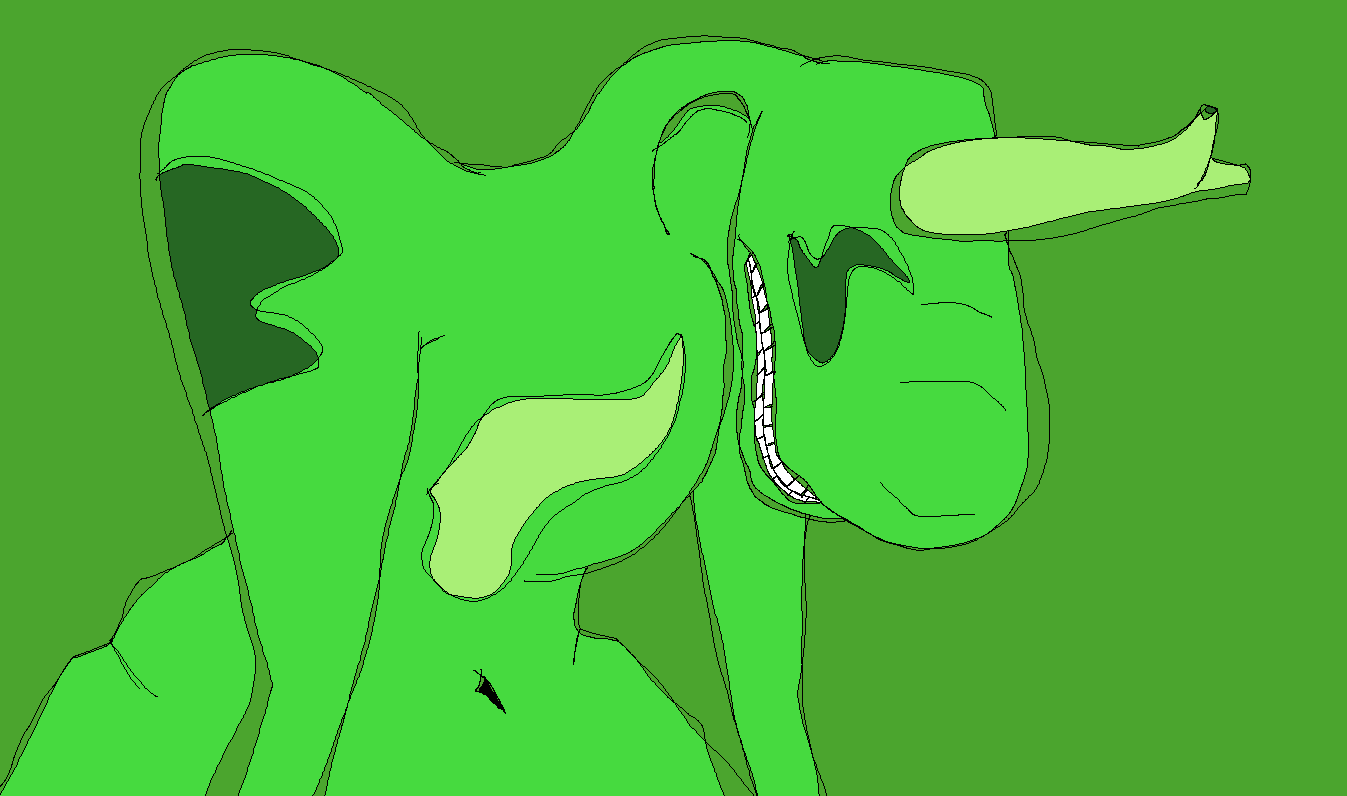 unicorns
unicorns
equian beings adapted to life in the forest.
their body resemble that of a horse's, and have proven to be mutually substitutable for species that make use of them during the incident. unlike horses, their heads have a horn that senses vibrations in the area surrounding them. they have evolved to have more body fat for protection from predators, but have lost their eyes. they feed off of plant matter, and are commonly hunted by the elves for food, and sought after by the vampires for resource transport and/or locomotion.
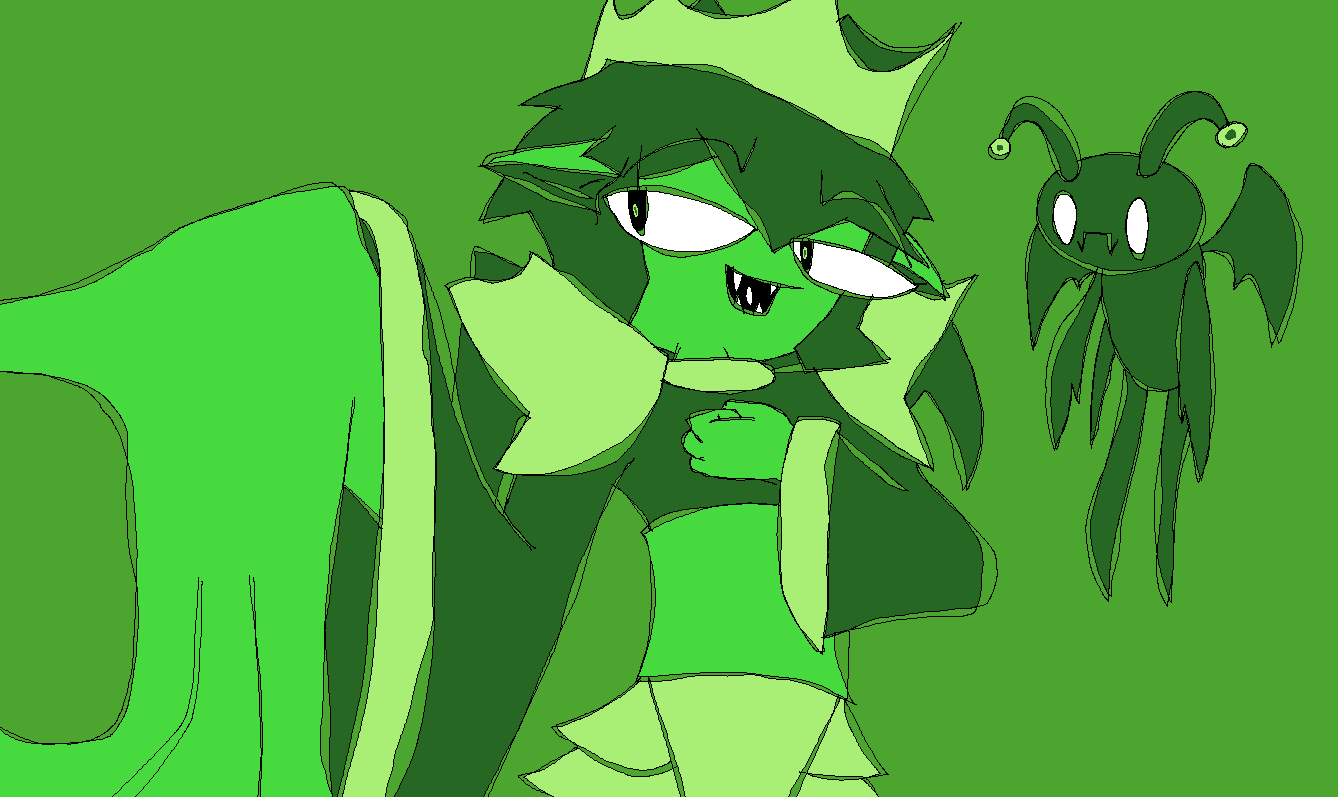 vampires
vampires
sapient bugs in the same taxilogical family as dullahan and rokubi.
vampires pilot around corpses of elves, despite their mutual disdain. they can make use of anything they can get their hands on, from inanimate objects to living creatures. vampires, dispite their corpse-piloting nature, have the closest society to human society in their home realm. they have developed make-up and perfume equivalents to hide the fact that their bodies are very much rotting, and treat their bodies falling apart as nothing to be worried about. it is not uncommon for a vampire to get a new body when their current one fails, even having a naming system taking this into account (name, current body number). during the event, vampires have described transitioning into a human body after being in elven ones for so long as "weird", "cramped" and "unnatural". they can survive without a body, but are incredibly fragile in this state, and are unable to speak.
 werewolves
werewolves
mind-reading humanoid predators.
werewolves were one of the last creatures discovered by humans during the event, possibly due to their reclusive nature. despite the vampires' usual tight-lipped behavior, they were able to answer questions about werewolves when asked. of note is their taxological relation to the satori, as reported by many vampires, with some older vampires claiming to have seen the evolutionary split in real time over thousands of years. they, unlike humans and elves, are not compatible with vampires and other corpse walkers, cited as the reason why they were not mentioned by them during the first proper meeting with humans.
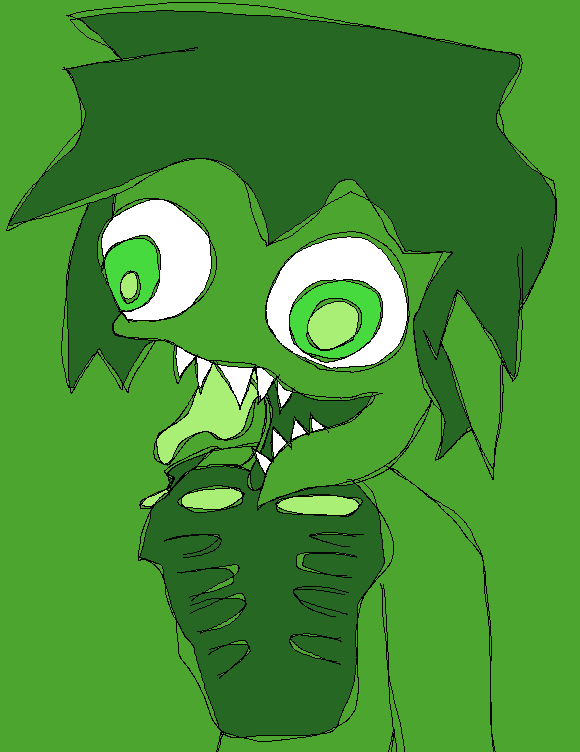 zombies
zombies
large-scale ameoba that pilot corpses.
related to slimes and mimics, these corpse piloters puppet around their bodies as a means of protection. unlike other species in their niche, they can survive for extended periods of time without a body, their true form resembling their ameoba-like cousins. they do not possess the intelligence to make proper use of their bodies or to restore them, resulting in a sight which is as grizzly as it is morbid. they are not limited to one species of corpse to pilot.